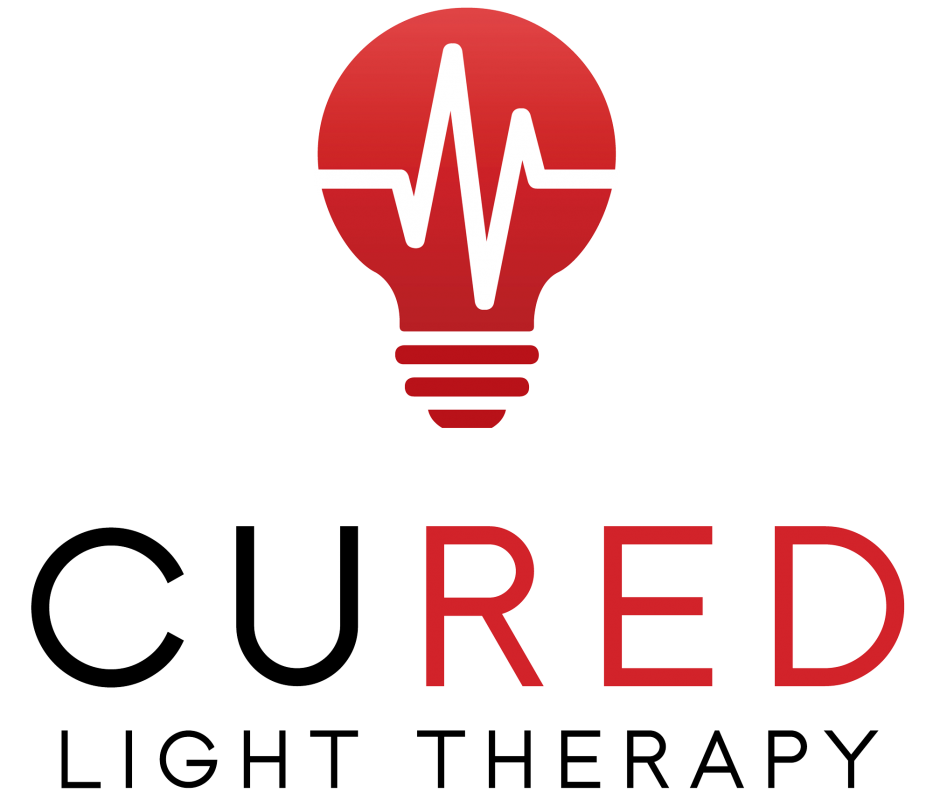Your skin is the largest organ in the body. It is a crucial part of health and well-being as well as your appearance and beauty. The skin plays a huge role in everything from immunity to body temperature to hormone regulation. (1) The health of your skin can improve your youthful appearance as easily as it can age your appearance. High quality red light therapy treatments can improve cellular function and promote healthier skin all over your body. (2) In this article, we explain why skin health is so important, and we provide an overview of how red light therapy can have a positive effect on the skin.
Why is healthy skin important to your overall health?
Healthy skin is important, not only for your appearance but more importantly because the skin performs so many essential tasks for your body.
Your skin prevents germs, harmful bacteria and viruses from infecting your most important organs and tissues. It also plays a greater overall role in the immune system, keeping it functioning normally. The skin also protects against the sun’s rays, especially ultraviolet light, which can damage cells. Healthy skin produces vitamin D when exposed to the sun, and vitamin D is important for many bodily functions. The skin is central to our circulatory system. The bloodstream brings oxygen and nutrients to the skin and removes carbon dioxide and waste products. (3)
Nutrition is important for healthy skin.
Eating lots of antioxidant-rich fruits and vegetables is good for your entire body, including your skin.
Antioxidants such as beta-carotene and vitamins C, E and A can limit the damage caused by unstable molecules known as free radicals. These molecules can damage skin cells and cause signs of aging.
One of the best ways to get more antioxidants is to eat a wide variety of fruits and vegetables.
Skin tips:
1. Protect your skin from UV rays
One of the most important ways to care for the skin is to protect it from the sun. Long-term exposure to UV light can cause wrinkles, age spots and other skin problems — and increase your risk of skin cancer.
2. Don’t smoke
Smoking makes your skin look older and contributes to wrinkles. Smoking constricts the small blood vessels in the outer layers of the skin, reducing blood flow and making the skin paler. This also depletes the skin of oxygen and nutrients that are important for skin health. Smoking also damages collagen and elastin — the fibers that give your skin strength and elasticity.
3. Eat healthy & drink lots of water
A healthy diet can help you look and feel your best. Drinking 2 liters of water daily will keep your skin hydrated.
4. Manage Stress
Uncontrolled stress can make your skin more sensitive and cause acne and other skin problems. To encourage healthy skin — and a healthy mood — take steps to manage your stress. Get enough sleep, set clear boundaries, scale back your to-do list, and make time to do the things you enjoy.
5. Treat your skin with care
Daily cleaning, washing and shaving can have a negative impact on your skin. To treat your skin gently:
- Limit bath time. Hot water and long showers or baths remove oils from your skin. Limit your bath or shower time and use warm – rather than hot water.
- Replace your pillowcase regularly. Makeup, hair oil and dirt can accumulate on your pillow. These can stay on your skin and cause blemishes.
- wash your skin in the morning and evening with a mild cleanser
- Avoid strong soaps. Strong soaps and detergents can remove oil from your skin. Instead, choose mild cleansers.
- Shave gently. Before shaving, apply shaving foam, lotion, or gel to protect and moisturize your skin. Use a clean, sharp razor for the best shave. Shave in the direction the hair grows, not against it.
- Pat dry. After washing or bathing, gently pat your skin dry with a towel so that some moisture remains on your skin.
- Moisturize dry skin. If your skin is dry, use a moisturizer that suits your skin type. For daily use, consider a moisturizer that contains SPF.
Skin improvement through treatments with Red Light Therapy
Red/NIR light is effective at reversing signs of aging, repairs UV damage and can reduce line wrinkles and scars.
Red light therapy can help support skin health all over the body. The skin is made up of millions of cells that communicate with each other. When the mitochondria in those skin cells absorb healthy red and Near Infrared light, they can produce more energy (ATP), stimulating the synthesis of pro-collagen, collagen, basal fibroblast growth factors (bFGF) and fibroblast proliferation. Red light therapy can also increase microcirculation, which improves cellular balance (2). In summary, balanced skin cells working at full capacity do all those tasks better. That can translate into healthier, more radiant skin that looks and feels smoother and softer.
In addition, Harvard professor Dr.Michael Hamblin, PhD, found that red light therapy:
-Improve the synthesis and density of collagen in the skin (4)
– Promotes skin repair and wound healing
– Fights skin conditions such as acne, keloids, vitiligo, burns, herpes virus sores and psoriasis
-Cellulite reduced
-Discoloration spots / hyperpigmentation / skin discoloration reduced
Red light therapy offers a safe, non-invasive alternative to Botox injections, abrasive chemical peels, cosmetic surgery and dermatological visits to improve the health and vibrancy of your skin. Anti-aging made easy!
Psoriasis and red light therapy
Since the increased risk of skin damage and cancer is a concern with UVA and UVB light therapy, and because topical, light, or oral therapies do not provide consistent or permanent relief, it is worth investigating red light therapy as a promising and often effective alternative.
In red light therapy, the skin is exposed to light with relatively long wavelengths (630-700 nm) that penetrate up to about 8-10 mm into the skin. UVA and UVB light, on the other hand, do not penetrate as deeply into the skin, due to their shorter wavelengths (215-400 nm). De langere golflengten die inherent zijn aan rood licht, helpen het genezingsproces te bevorderen zonder de bijwerkingen van UVA en UVB.
Penetrating deep into the skin, red light promotes skin health in several ways:
– RLT stimulates the lymphatic system, making waste removal more efficient and resulting in healthier skin that is less prone to psoriasis attacks.
– Red light stimulates the production of new capillaries, increasing the delivery of nutrients and oxygen to the skin.
– Psoriasis and other autoimmune diseases disrupt collagen production. Collagen is a protein that gives the skin a firm, supple and energetic appearance. RLT stimulates collagen production, which can help soothe the skin and reduce flares.
– In particular, red light therapy stimulates the production of adenosine triphosphate (atp) from the mitochondria of the cells. (6) This is the energy source of the cells. A cell that has more energy has more ability to perform its normal functions, as well as regeneration and self-healing. Researchers found that ATP reduces inflammation that can lead to the main symptom of psoriasis: abnormally rapid replication of skin cells.
Psoriasis causes cells to replicate 10x the normal rate, exceeding the body’s ability to shed them (since normal skin cells are shed as they die), resulting in those unsightly red, scaly, painful and itchy areas. Because light therapy helps to restore normal cell function, it normalizes growth rate and reduces flare-ups.
All types of light therapy require multiple treatments per week for several months (depending on the severity of the condition), plus ongoing maintenance treatments. Because of this intensive time commitment, it may be nice to know that you can treat many ailments at home with CURED Light Therapy panels.
Sources:
(1) The dynamics of the skin’s immune system
https://www.ncbi.nlm.nih.gov/pmc/articles/PMC6515324/
(2) Low level laser (light) therapy (LLLT) in the skin: stimulating, healing, restorative
https://www.ncbi.nlm.nih.gov/pmc/articles/PMC4126803/
(3) Skin Circulation and Integrity: Important, Risk Factors and Examples
https://study.com/academy/lesson/circulation-skin-integrity-importance-risk-factors-examples.html
(4) Regulation of skin collagen metabolism in vitro using a pulsed 660 nm LED light source: clinical correlation with a single-blind study
https://pubmed.ncbi.nlm.nih.gov/19587693/
(5) A clinical assessment of phototherapy for psoriasis
https://www.ncbi.nlm.nih.gov/pmc/articles/PMC5756569/
(6) Low-level laser (light) therapy (LLLT) in the skin: stimulating, healing, restorative
https://www.ncbi.nlm.nih.gov/pmc/articles/PMC4126803/



